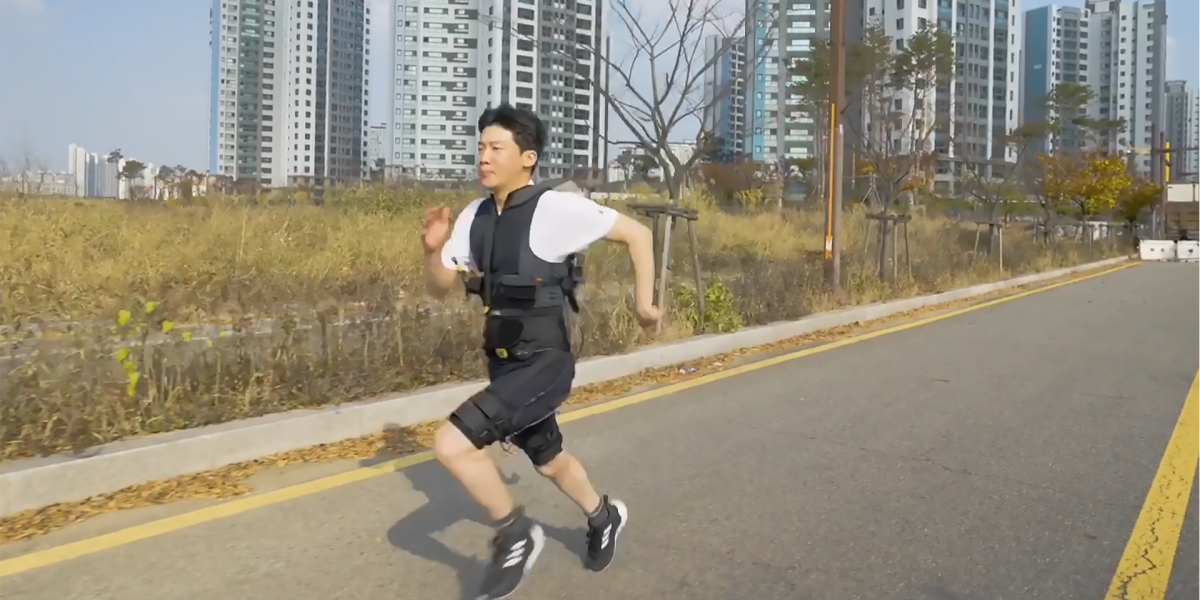This robotic exoskeleton can help runners sprint faster

The team tested the exosuit on nine young male runners, none of whom were considered to be elite athletes. They were given three-minute training sessions on how the exosuit works before they ran for short bursts on a treadmill to familiarize themselves with how it feels to wear.
They then sprinted outside in a straight line for 200 meters twice, once wearing the exosuit and once without. They rested for a minimum of 30 minutes between trials.
On average, the participants managed to run the distance 0.97 seconds faster when they were wearing the suit than when they weren’t.
The researchers observed that the less time it took runners to complete the distance, the more steps they took, suggesting that the exosuit helps shorten the sprint time by increasing the frequency of the runner’s steps.
Buoyed by their findings, the researchers have set themselves ambitious goals. They’re working on a customized exosuit for Kyung-soo Oh, a former national elite runner in South Korea who had retired, in a bid to beat the world record for running 100 meters. The current men’s record is 9.58 seconds, set by Jamaican sprinter Usain Bolt in 2009.





